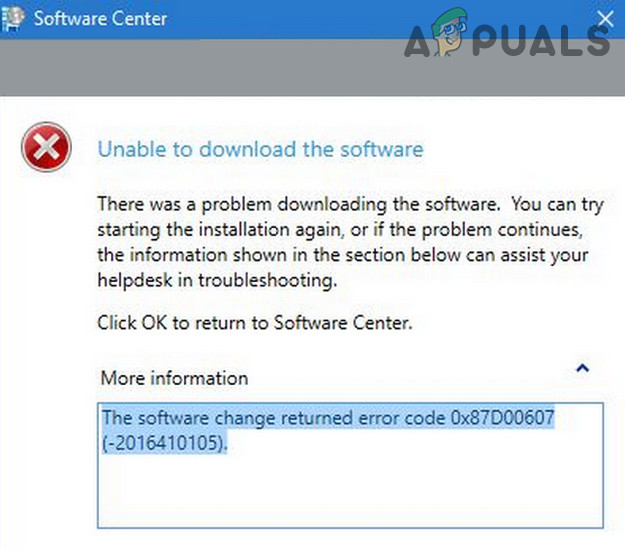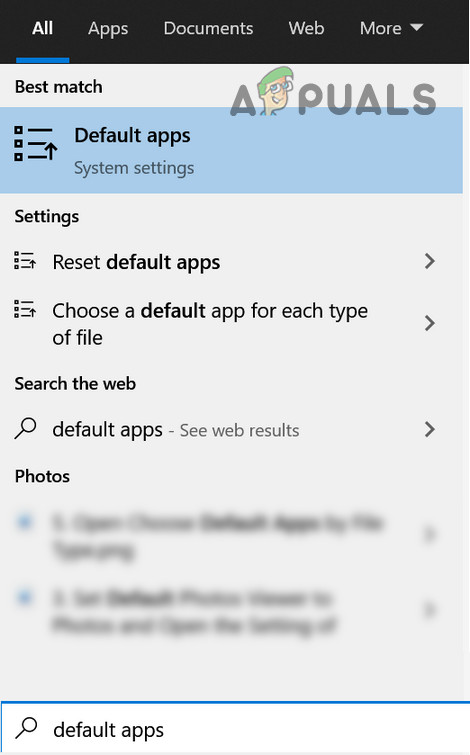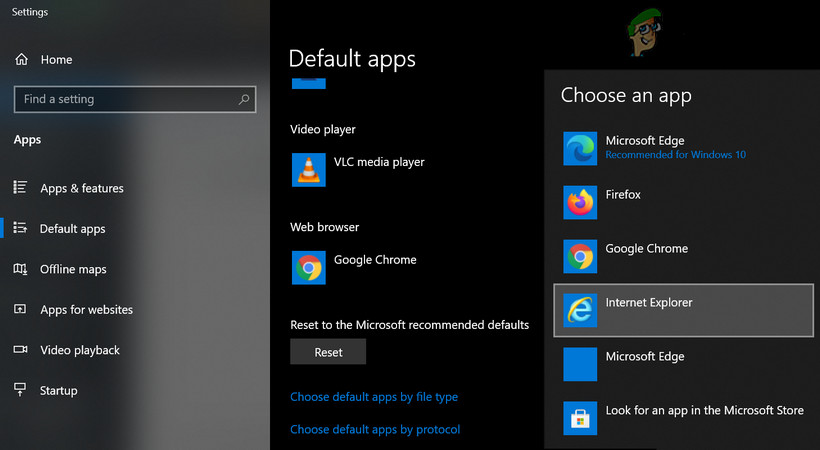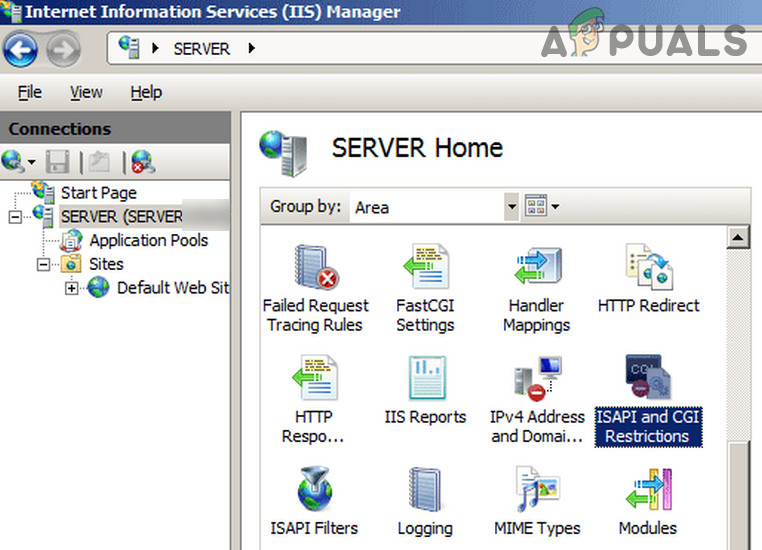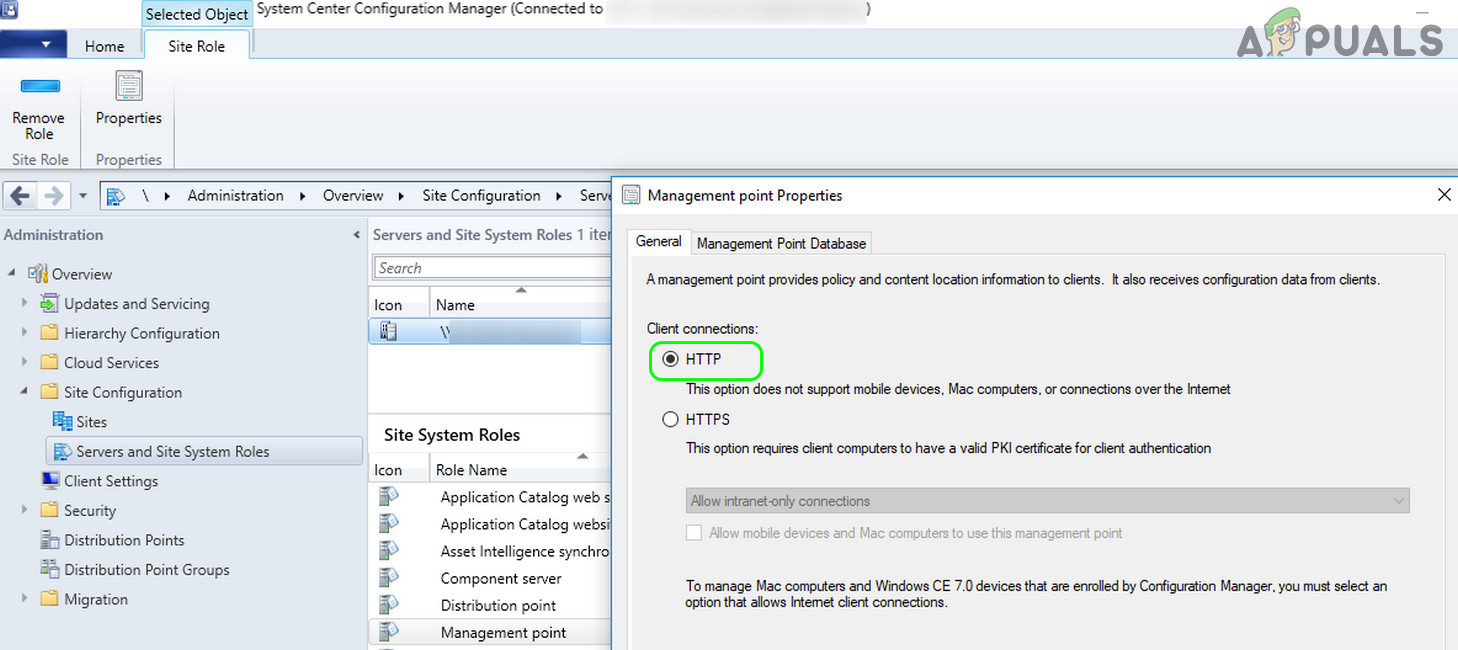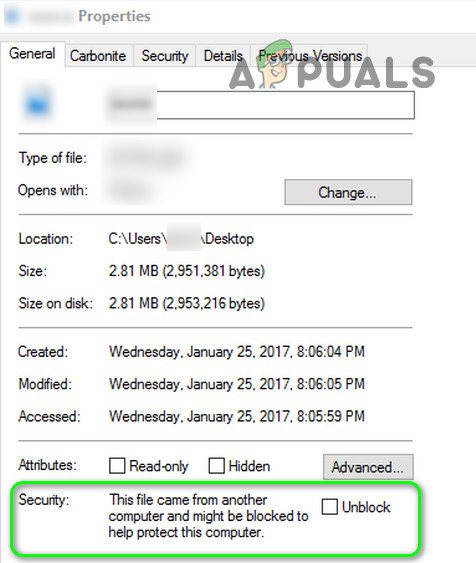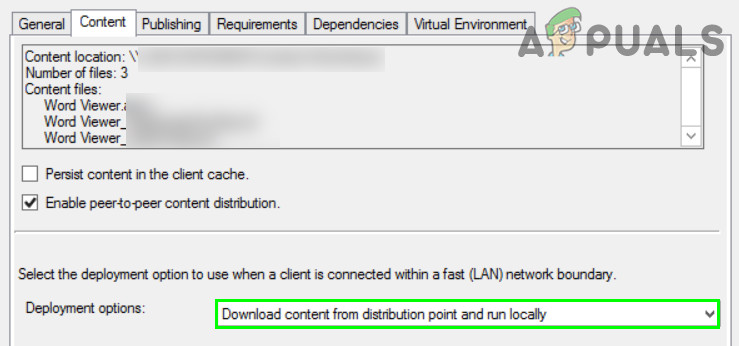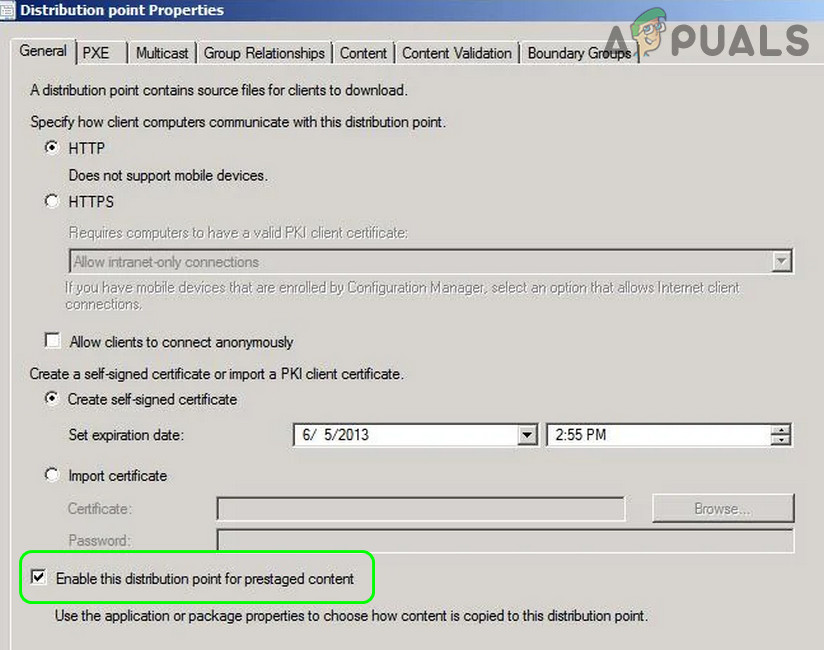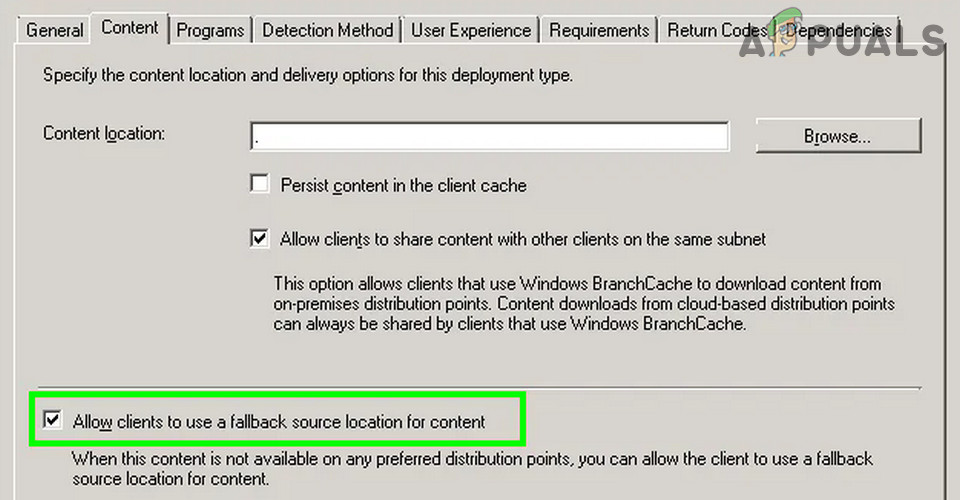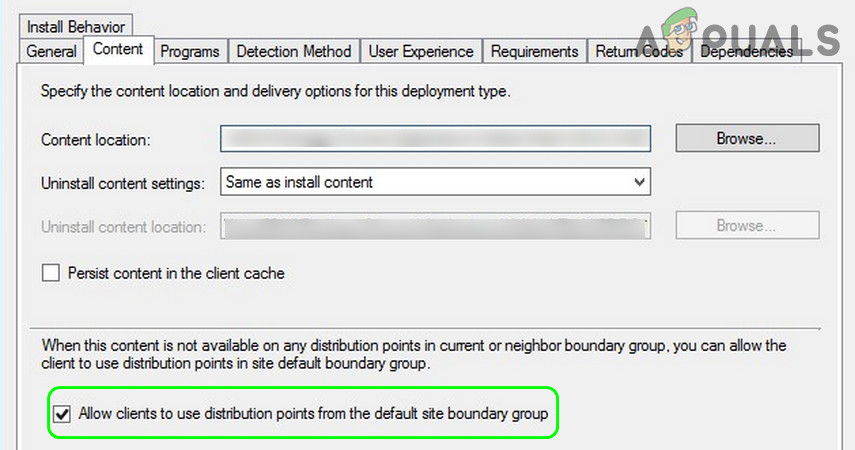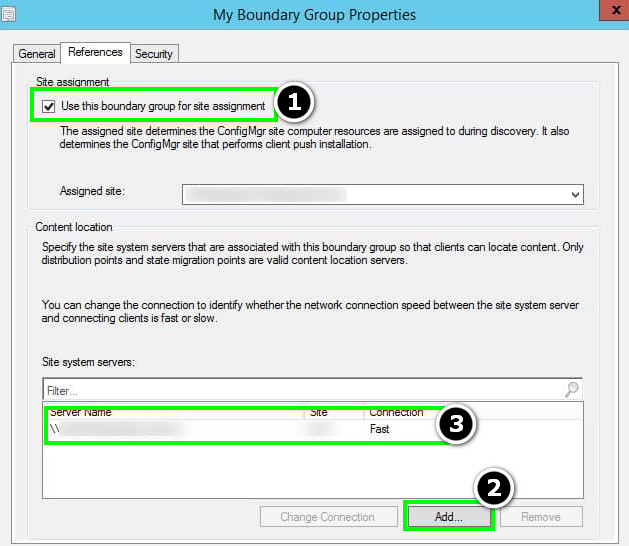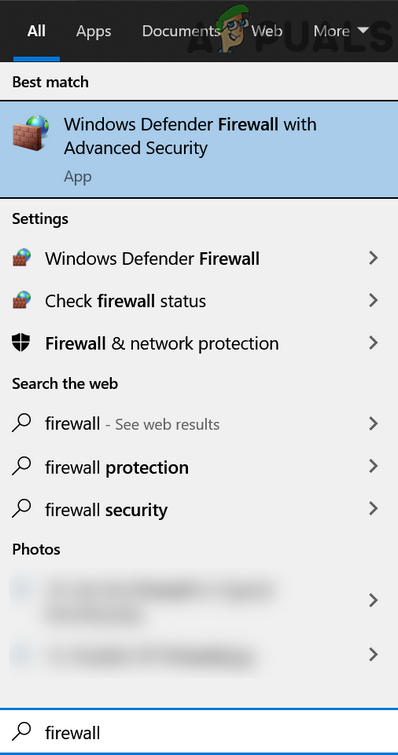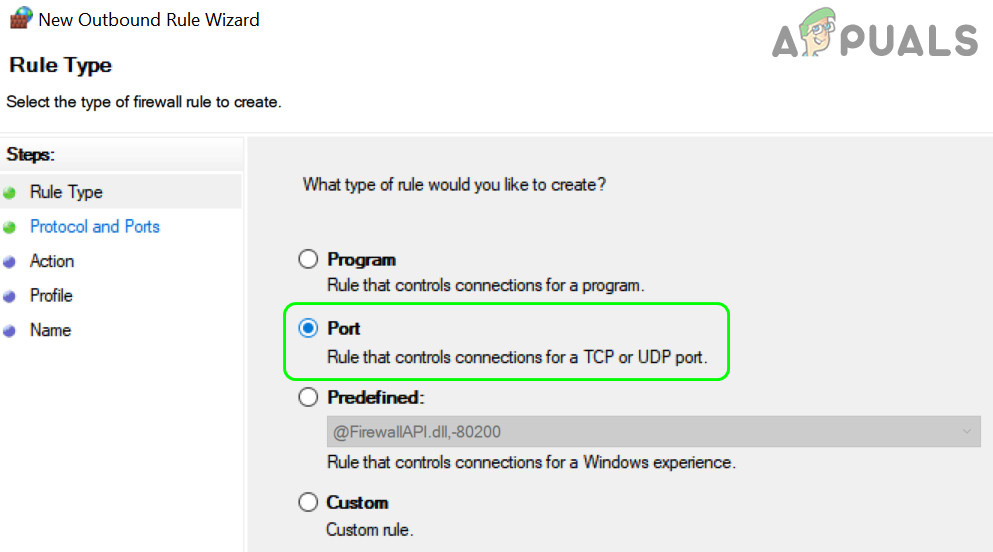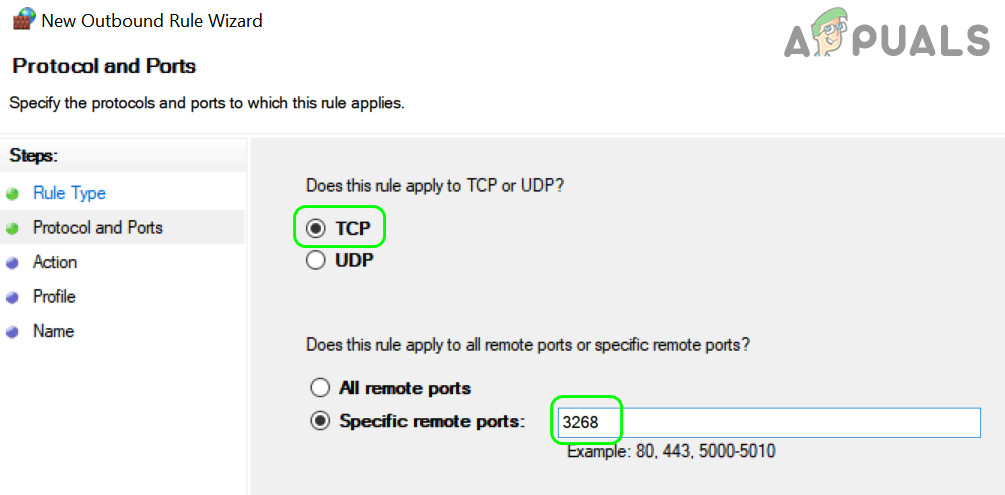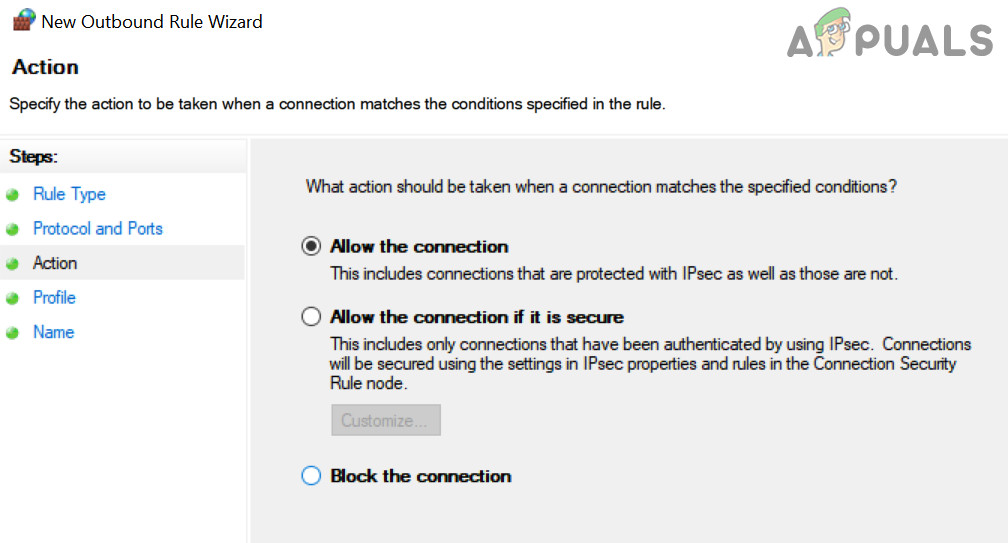The issue arises when a user tries to deploy a package or application through SCCM but encounters the following message: The software change returned error code 0x87D00607(-2016410105) You can fix the error code 0x87d00607 by trying the solutions below but before diving into more technical solutions, check if rebooting your primary SCCM server sorts out the issue. Moreover, make sure the date and time are correct on the server and client machines. Furthermore, make sure all updates or hotfixes for SCCM are applied to your machine. Additionally, check if all the affected users are present in the SourceContentLib directory. If not, add the users to the mentioned library and check if the issue is resolved. If the package or application, you are trying to install (or uninstall), has an official installer/uninstaller (like Adobe CC Uninstaller), check if using that official installer/uninstaller solves the problem. Also, do not forget to check if the package or application has any dependencies, if so, then make sure those dependencies are included in the source files of the package or application. If you are trying to install an updated version of an application (e.g., MS Office) that is already installed on the client machine, then check if uninstalling the older version of the application lets you install the newer version without any issue.
1. Change the Default Browser of the Client Machine
The application or package might show the error code 0x87d00607 if the default browser of your client machine is not set to Edge or Internet Explorer (due to different OS dependencies in a corporate networking environment). In this case, setting the default browser of the client machine (or machines) to Internet Explorer or Edge may solve the problem. Before proceeding, check if you are using a metered connection (e.g., a notebook with a SIM card), then allowing the same in the Default Client Settings of SCCM may solve the problem. If at step 2, the default browser is already set to Internet Explorer, set it as Microsoft Edge and reboot your machine to check if the error 0x87d00607 is cleared out.
2. Add the SMS_DP Path in the IIS Settings
SMS_DP hosts the log files of DP, files to validate content, pre-stage content (if enabled), and is the temporary storage hub of the package/application before its inclusion in the Content Library. You may encounter the error 0x87d00607 if the SMP_DP path is not properly configured in the IIS Settings of DP. In this scenario, adding the path to SMS_DP in the IIS Settings may solve the problem. But before proceeding, make sure to remove NAP (Network Access Protection), as it has been deprecated by Microsoft in Windows Server 2012 R2, and if you are still using it, then uninstalling it may solve the problem.
3. Use HTTP to the Client Connections
The error code can be caused by the improper configuration of the client connections protocol; the clients are required to connect to the server by using HTTPS protocol. In this scenario, setting the client connections to use HTTP protocol may solve the problem. If that did not do the trick, check if the DNS server of your organization is functioning properly.
4. Unblock the Source Files of the Package/Application
You may encounter the error code 0X87d00607 2016410105 if the OS of your device does not trust some of the source files and blocks their execution. In this context, unblocking the source files might solve the problem. This method might work for some files, but for a large number of files, you may use the SysInternels Streams to unblock all files. If that did not work, then check if removing the package/application from the SCCM server, creating a new directory on the SCCM server, and copying the package/application source files to that directory solves the issue.
5. Change the Deployment Options of the Package/Application
You may encounter the error code 0x87d00607 if the Deployment Options of the package/application are not configured to run locally. In this case, setting the Deployment Options to download content and run locally may solve the problem.
6. Disable the Pre-staged Content of the Distribution Point
You may encounter the error code 0X87d00607 in SCCM if you have configured the distribution point to only use the pre-staged content (which will only accept content manually copied to it). In this scenario, disabling the pre-staged content for the distribution point may solve the problem.
7. Enable Fallback Location for Content
If the client machine cannot access a preferred distribution point, then enabling the fallback location for the content may enable the machine to fetch the same from another source and thus solve the error at hand.
8. Allow the Users’ Machines to Use Distribution Points
If your organization is using SCCM’s Distribution Points to distribute the packages/applications, then allowing the clients’ machines to use the distribution points from the default site boundary group may clear the 0x87d00607 error. But before proceeding, check if setting the maintenance window of the deployed software to collection solves the issue. If that did not do the trick, check if allowing the client machines to download from a cloud source/distribution point solves the problem. If that did not work, you may check if the DP server is not corrupt or is missing from the group of DP servers.
9. Edit Boundaries and Boundary Group in SCCM
The error code 0x87d00607 in SCCM may emerge if the boundaries and boundary group are not properly configured or the IP of the client’s machine is not added to them. In this context, editing the boundaries and boundary groups may solve the problem.
10. Allow the SCCM Required Ports in the Firewall of the Client Machine
The SCCM might show the error code 0x87d00607 if the SCCM’s required ports are blocked by the firewall on the client machine. In this case, allowing the SCCM’s required ports on the client machine may solve the problem. You may check the SCCM’s required ports as per the protocol from the official Microsoft source and add the required port to the firewall of your client machine. For illustration, we will discuss the process for opening the port of Global catalog LDAP to the Windows Defender Firewall. But before proceeding, check if the ports of the webserver of SCCM are not in conflict with another service (especially, port 80). Warning: Advance with utmost care and at your own risk as editing the firewall settings is a skillful task and if not done properly, you may cause unintended and everlasting damage to your data/system. If that issue persists, check if the firewall of your VPN or router is not causing the issue. If the issue is still there, check if re-adding the client machine to the domain solves the problem. If that did not do the trick, then you may use ContentLibraryCleanup.exe in the delete mode against your SCCM server and check if that solves the issue at hand. If the issue persists, then you may reinstall IIS (with BITS and ASP.Net) or SCCM (with IIS). If none of the solutions did the trick for you, then you may share the package/application with users (till the problem is reported to be solved).
How To Fix OneDrive Installation Error Code 0x80040c97 On Windows 10?How to Fix “Installation Error Code: P206” on Creative Cloud Installer?How to Fix Spotify Installation Error Code 53 on Windows?How to Fix “Error Code: 0x8007007f” on Windows 11 Installation Assistant?
